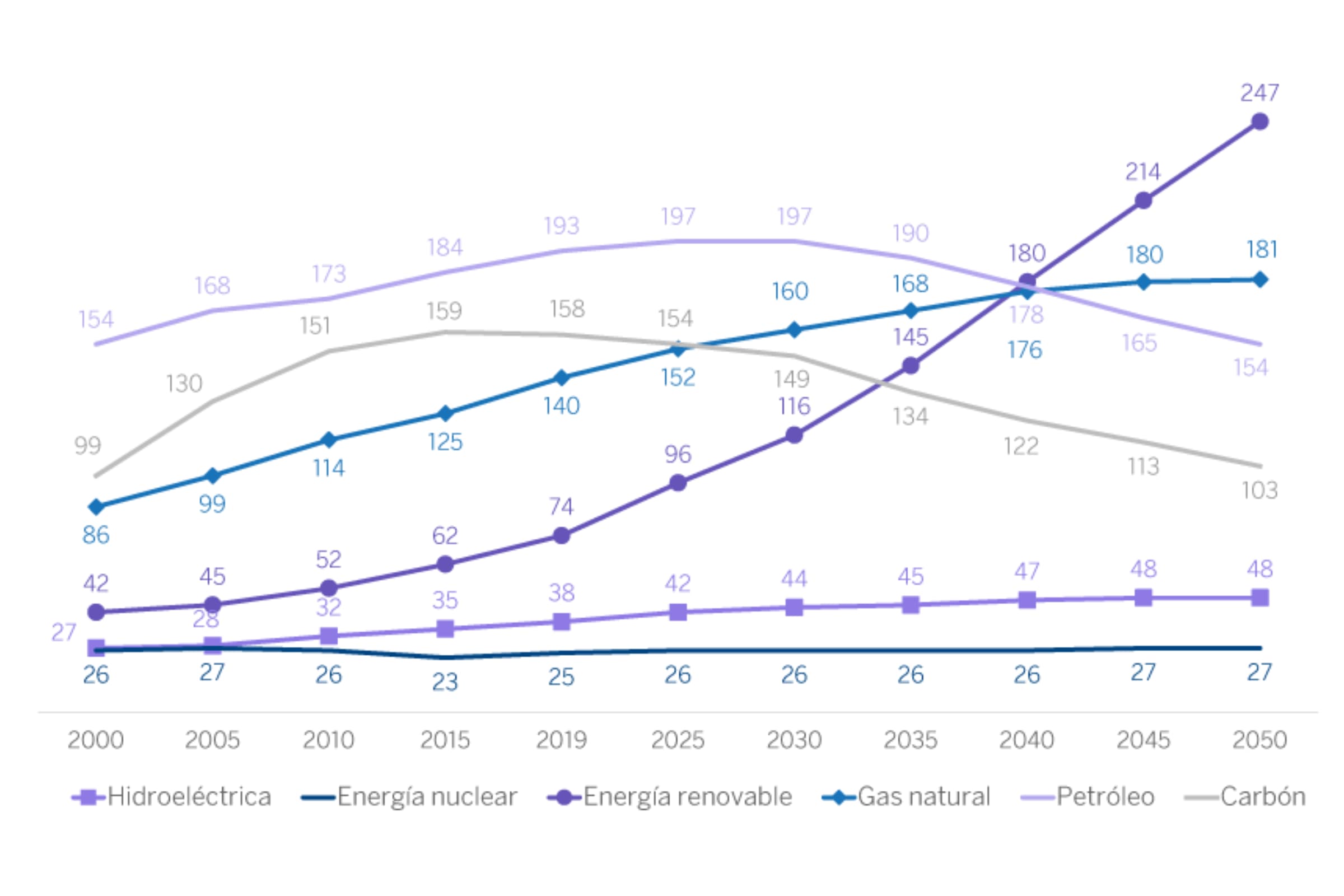This is a question that theoretical physicists have been asking for some time, and the findings from a new study show that, theoretically, it would be possible to use black holes as galactic power banks.
Can you use black holes as real batteries and, therefore, exploit them to generate electricity? This is the question that Zhan-Feng Mai and Run-Qiu Yang, researchers from the Physics Department of the University of Tianjin (China), and who were at least theoretically asked to answer in a scientific study published in the journal Physical Review D. in November 2023.
The mathematical equations conclude that it is theoretically conceivable to use the gravitational force of a certain type of black hole to generate electricity. In practise, however, there is still a long way to go. This is also because we do not yet know whether black holes of the right size for this type of application really exist or whether they only exist in physicists' theories.
Primordial black holes
Black holes are usually divided into three categories according to their mass: supermassive black holes, intermediate-mass black holes and so-called “stellar-mass” black holes, which were created by the collapse of a star with a mass of at least 20 times that of the sun. Then there would be a fourth category, primordial holes, of whose existence we still know nothing.
The latter would have formed in the first moments after the creation of the universe as we know it, from accumulations of very hot and dense material. Subsequently, with the progressive expansion and cooling of the cosmos, the conditions necessary for the formation of this type of black holes would have vanished. If they exist, primordial black holes are small compared to the other three types of black holes. This very smallness could have led to their 'evaporation' over time due to a (also hypothetical) quantum process known as Hawking radiation, which tends to consume smaller black holes more rapidly. Nevertheless, larger primordial black holes might still exist somewhere in the universe, awaiting discovery and potentially usable for energy production
Switzerland, a winning formula
Switzerland has the perfect recipe to stay on the podium as a financial capital - and to go further. The tradition, innovation and sophistication of its private banking attracts investment.
Black holes as nuclear reactors
According to Mai and Yang's calculations, it would indeed be primordial black holes that, in terms of size, could act, at least theoretically, as nuclear reactors from which electricity could be harvested. Specifically, black holes with dimensions equal to those of an atom and with a mass on the order of 10^15 to 10^18 kilograms could be utilized for this purpose. For comparison, Sagittarius A*, the supermassive black hole at the center of our galaxy, has a mass about four million times that of the Sun and weighs approximately 2×10^30 kilograms.
The method proposed by the researchers, based on the results of complex equations, would involve 'recharging' such a black hole by supplying alpha particles, which are produced through radioactive decay. These particles would then be transformed into positrons, the antiparticles of electrons. According to the study's findings, under optimal conditions, it would be possible to recover energy equivalent to 25% of the mass of particles used to fuel a primordial black hole.
This is an impressive figure when considering that the efficiency of current average photovoltaic panels hovers around the same percentage. Nevertheless, the initial step would be to actually discover primordial black holes, assuming they exist. Afterwards, we would have to tackle a series of challenges that currently seem nearly insurmountable from a technical standpoint.
Just a few years ago, physicist Roger Penrose revealed that energy can be extracted from rotating black holes, those which feature a region called the ergosphere, where all matter and radiation are irresistibly dragged along by the black hole's rotation. Furthermore, astrophysicists at the ICRAR center in Australia have analyzed the energetic emissions from a growing black hole in the galaxy M83 and found that it releases a significant amount of energy via winds and the jets it produces.
Science and research fulfill their roles not only by answering questions but also by paving the way for new inquiries or novel perspectives on a particular topic. And the pursuit of harnessing energy from black holes is an endeavor that has captivated theoretical physicists for quite some time. Future generations will determine the validity of their theories, and in the meantime, it is wise to stay alert to the possibilities that emerge.
Global energy consumption up to 2050, by energy source


